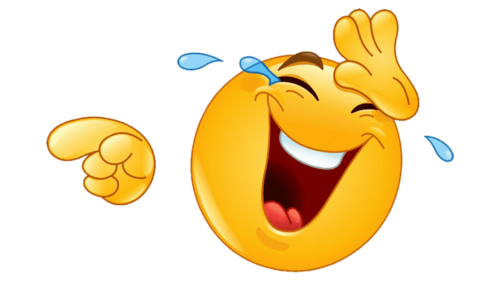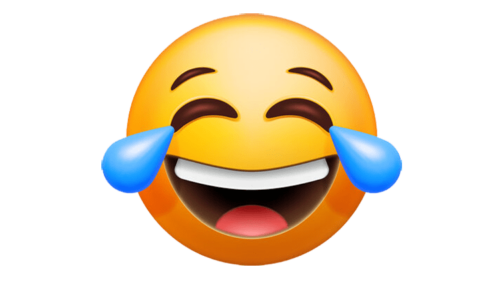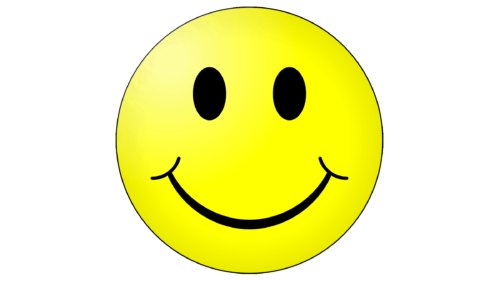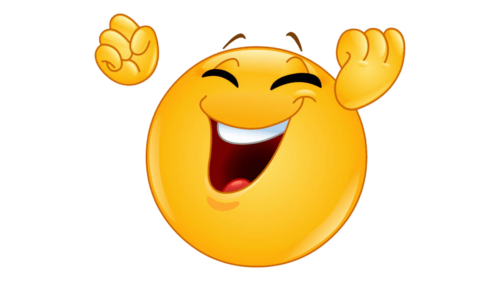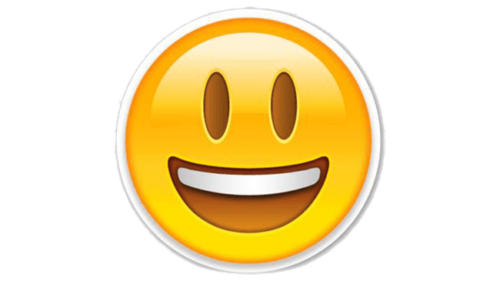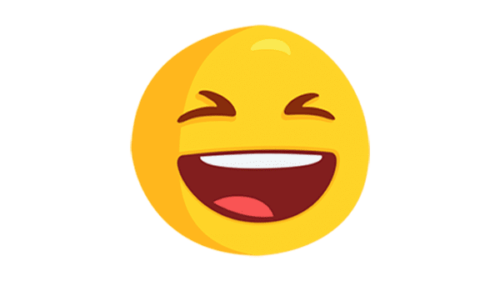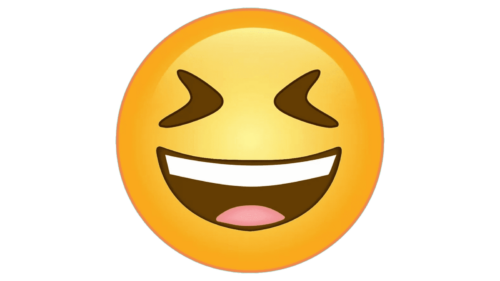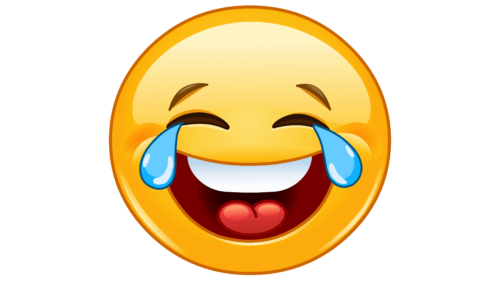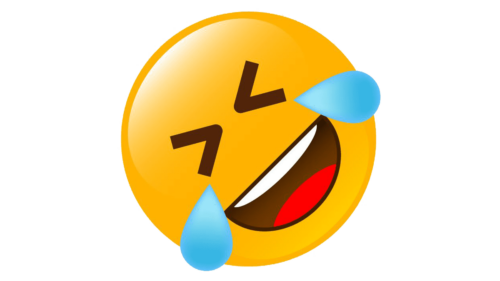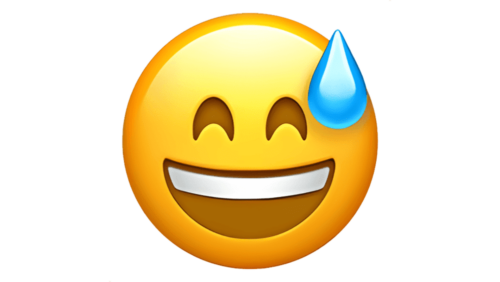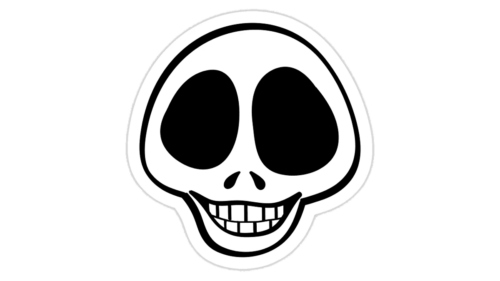A person is not always able to express his emotions through the usual words, sometimes even the most beautiful phrases do not reflect the essence of the conversation. And then the thread of the conversation is lost, because the interlocutor, who is on the other side of the screen, is not a telepath and cannot read thoughts. Online correspondence, particularly over the internet, is a special type of a conversation in which emotions and the ability to express them play an important role, just like in a personal meeting. The opponent cannot see facial expressions, hands’ movements, cannot hear the surprised or questioning intonations. That’s when emoticons become useful.
Adding emoji to the correspondence, people can tell more about themselves than they intended – this conclusion was made by American scientists. These emoji, now an integral part of Unicode, have been widely adopted across various platforms like Apple’s iOS and Android devices.
What does the 😂 mean?
The 😂 emoji, officially known as the “face with tears of joy,” is a digital representation of laughter, often used to convey amusement or joy in text conversations. As a perfect icon of funny feelings and hilarious moments, it holds a special place in the emoji dictionary website, becoming a registered trademark of Apple Inc. Its widespread use across social media platforms has cemented its status as one of the most-used emojis, embodying a range of funny faces and serving as a colorful addition to the high-quality set of emoji icons. With its shiny yellow emoticon appearance, this emoji adds a layer of humor and personality to messages, acting as a modern cyber sale banner in the social web store discount concept of digital communication. It’s an essential tool in phone personalization apps, highlighting the seamless pattern of digital laughter that’s become integral to online promotion and the crafting of personal digital identities.
Graphic symbols have become an integral part of communication via texting, messengers, or social networks in the United States and worldwide. They clarify the meaning of a sentence that can be understood in two ways, enhance the emotional content of the text, and help people to share their feelings about this or that subject. But not everyone uses and interprets emoji in the same way. However, there are groups of emoji that are difficult to interpret in different ways. This category includes laughing emoji, which we will talk about in this article. The designs of these emoji images can vary slightly between platforms like Apple and Android, yet their essence remains universally recognizable.
Description
The standard set of emoji, including several types of laughing faces from just laughing to rolling on the floor with laughter, has become a victim of its own success, each now a part of Unicode’s extensive library. In the realm of digital communication, these yellow smiley face icons and their monochrome counterparts offer a canvas for personal expression, evolving beyond their original design into a nuanced language peppered with internet jargon and new rules of language. As the emojis transitioned from their official names to embodying the hallmarks of millennial culture and Gen Z’s novel ways of expression, platforms like the phone personalization app and social media have adapted, introducing flat icon design with minimal simple gradients, optimal for viewing on any device—from the palm of their hands on an iPhone’s keyboard to the larger screens for video calls.
Copyright and trademarks of Microsoft Corporation have underscored the importance of emojis as word icons in their own layer, transforming them from simple smileys emoticons to a diverse set of representations inclusive of all age groups, from kids to older people. With the advent of emoji trackers and real-time emoji use analyses, it’s evident that emojis have become more than just a digital fad. They are the new vogue, blending color swatches from the CMYK color space and incorporating elements like drop shadows and transparencies for a more three-dimensional feel. This evolution reflects the changing demographics of emoji users, from millennials and Gen Zers, who prefer the expressive and cute emoticon options, to boomers and older generations who might lean towards the simplicity of flat style icons and the nostalgic charm of similar emoji reminiscent of AOL Instant Messenger days. Through the lens of emoji, we witness the convergence of copyright concerns, the creativity of phone personalization apps, and the broader cultural shifts as delineated by entities like the Pew Research Center and commentators like Gretchen McCulloch, showcasing emojis as not just tools of expression but as social indicators of the times.
What is the difference between 😂 and 🤣?
The difference between 😂 and 🤣 lies in the intensity of the emotion they convey. 😂, the face with tears of joy emoji, is used to express laughter or amusement in a more subdued manner and is considered a funny emoji suitable for a range of funny feelings and situations. It’s a popular replacement for traditional forms of digital laughter, fitting perfectly against any colored background. On the other hand, 🤣, the rolling on the floor laughing emoji, signifies a more intense and uncontrollable laughter, suggesting that something is so funny it has left the user in stitches. This emoji features in additional emoji descriptions as a high-quality, flat style icon, indicative of different emoticons and their ability to express different emotions on social media reactions vector illustrations.
Meaning
😁 – A face with a happy smile. This symbol indicates that your interlocutor is cheerful. Maybe he is joking and you should not take what he wrote seriously.
😀- Emoji with an expression of sincere laughter. The open smile looks very friendly and warm.
😃- Similar to the previous emoji with an open smiling mouth. The only difference is the oval eyes. Transmits positive mood, strong and infectious laughter. It is a wide smiling face with an open mouth, one of the most popular emoji. The face shows two round big eyes, open mouth, upper teeth and tongue. Means happiness, excitement, positivity, joy and acceptance. You can use it to express support or give a positive response, but mostly to express happiness.
What does 😂 mean in texting from a girl?
When a girl uses 😂 in texting, it typically means she finds something amusing or is laughing at a comment or situation presented in the conversation. This emoji, as part of the seamless pattern of emoji’ icon usage, acts as a high-quality, modern cyber sale banner in the intricate world of online promotion and digital communication. Embedded within the broader context of social media platforms, it functions as a colorful emoji that adds a touch of humor and light-heartedness. Whether it’s a blog post, a TikTok comment, or a simple text, 😂 serves as the perfect icon to express amusement, fitting perfectly against any yellow background or as part of a set of various emojis. Its use reflects has become a popular replacement for words in conveying laughter in a more vivid and expressive manner. This emoji is a technology product of digital culture, making it a vital part of the emoji’ icon sets featured in various technology designs. Its introduction marked a novel way of expressing hilarity, adding another layer to the world of emojis with its flat design emoticon icon and vibrant, gradient mesh-enhanced expressions.
😄- A very smiley face. Eyes closed. Transmits a funny laugh. Your interlocutor is in a very good joking mood. It is a wide smiling face with squeezed eyes. The face shows two squeezed eyes, open mouth, upper teeth and tongue. Means happiness, excitement, joy and agreement, even awkwardness.
😆- Another smiling face, eyes similar in shape to two ticks. The meaning being conveyed is very close to a fit of laughter. It is a wide smiling face with eyes firmly closed. The face shows two tightly clenched eyes, open mouth, upper teeth and tongue. Means happiness, excitement, contentment, joy and agreement. It can be used when listening to good news, expressing surprise, support and interest.
Is 😭 a laughing emoji?
No, the 😭 emoji, officially known as the “loudly crying face,” is not a laughing emoji. It is often used to represent feelings of sadness, grief, or extreme distress, contrary to the laughing yellow emoji face which is used to convey laughter and joy. The 😭 emoji adds a different layer to the palette of digital expressions, offering its own transparent background in the world of emojis. It stands as a registered trademark of Microsoft Corporation, embodying the complexity of human emotions that can be expressed through the technology product of emojis. Unlike the lol emoji icon smile face or the set of various emoji that depict humor and happiness, 😭 serves as a visual reminder of the negative emotions, contributing to the diverse set of emoji icons that reflect the full spectrum of human feelings.
😂- Laughing and shedding tears of joy. Just denotes a fit of laughter. The interlocutor can’t contain himself so much he’s laughing. Equals to the famous “LOL” or “CWL” (Laughing Out Loud, or Crying While Laughing). The face shows two clenched eyes, an open mouth, upper teeth, tongue and tears.
🤣- ROFL face. Indicates that you or your interlocutor is very, very funny, you are laughing at the top of your lungs and just rolling on the floor with laughter. The face tilted to the side depicts two clenched eyes, open mouth, upper teeth, tongue and tears. Presents humor, interest, and entertainment. It can be used for funny situations and gloating.By the way, according to numerous studies, this emoji has been the most popular for many years.
What is 🤣?
The 🤣 emoji, known as the “rolling on the floor laughing” emoji, represents a more extreme emotion of laughter or hilarity, often used when something is found to be exceptionally funny. Unlike its cousin 😂, the 🤣 emoji is like a visual version of the slang phrase “ROFL,” indicating that something is so humorous it has the speaker metaphorically rolling on the floor with laughter. It’s a colorful emoji that stands out on any teal background and is a staple in technology designs, offering a flat design emoticon icon that’s both a registered trademark of Zedge and a trademarks of Google Inc. This emoji, with its gradient mesh and thin line, is a perfect example of a technology product that transcends simple communication, embodying the joy and hyperbole typical of constant internet immersion.
😅- A face with a wide smile and a drop of sweat on its forehead, often featured in resources like Emojipedia and designed by their respective creators. This emoji transmits the meaning of laughing slyly or plotting something. It is a wide smiling face with squeezed eyes and a drop of sweat. The face shows two clenched eyes, an open mouth, upper teeth, tongue, and a drop of sweat. It represents comfort, tension, and embarrassment, and is typically used in awkward and tense situations.
💀- Don’t be surprised, because lately it is the skull emoji that Generation Z users have been replacing the popular laughing crying face icon with.


